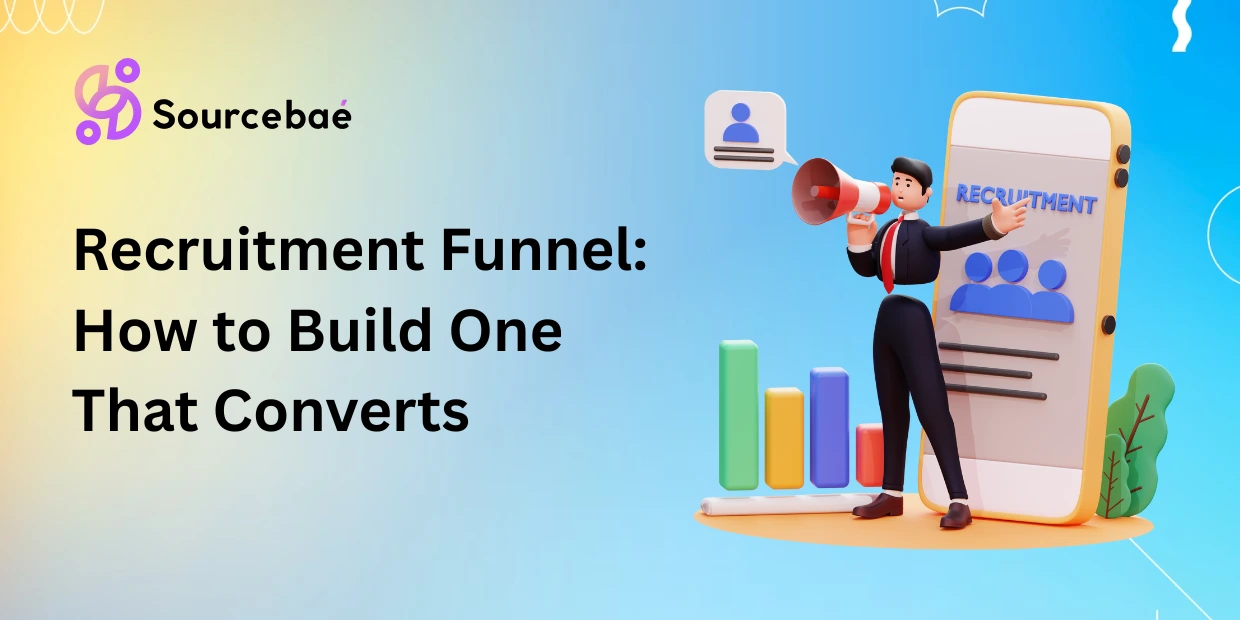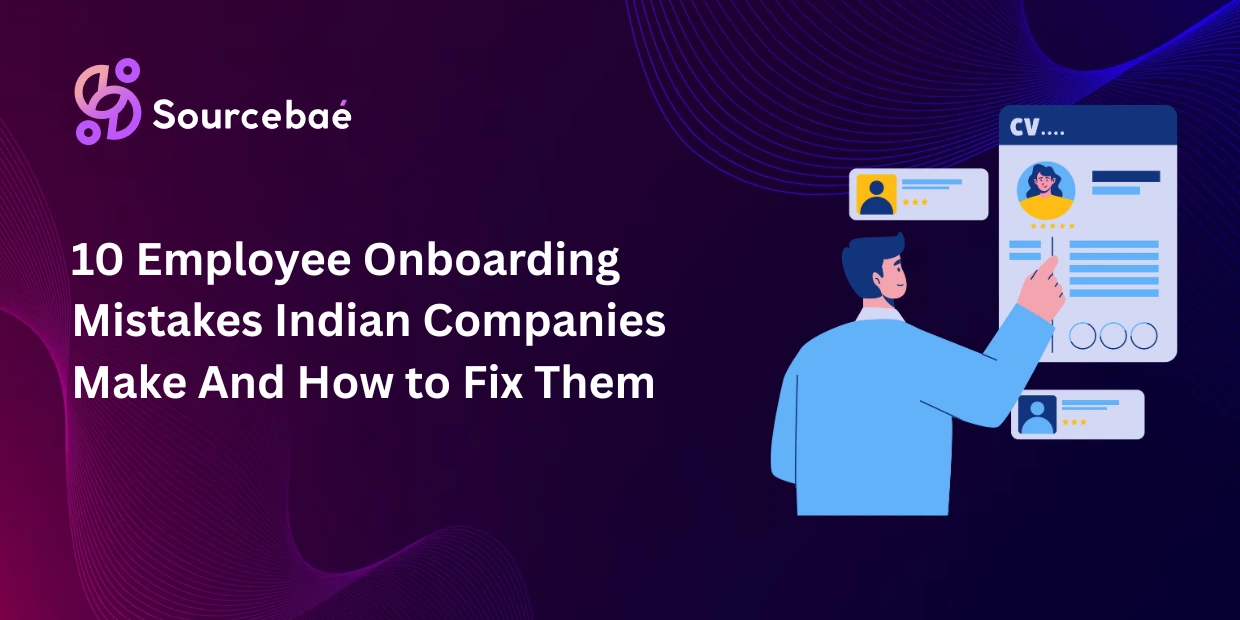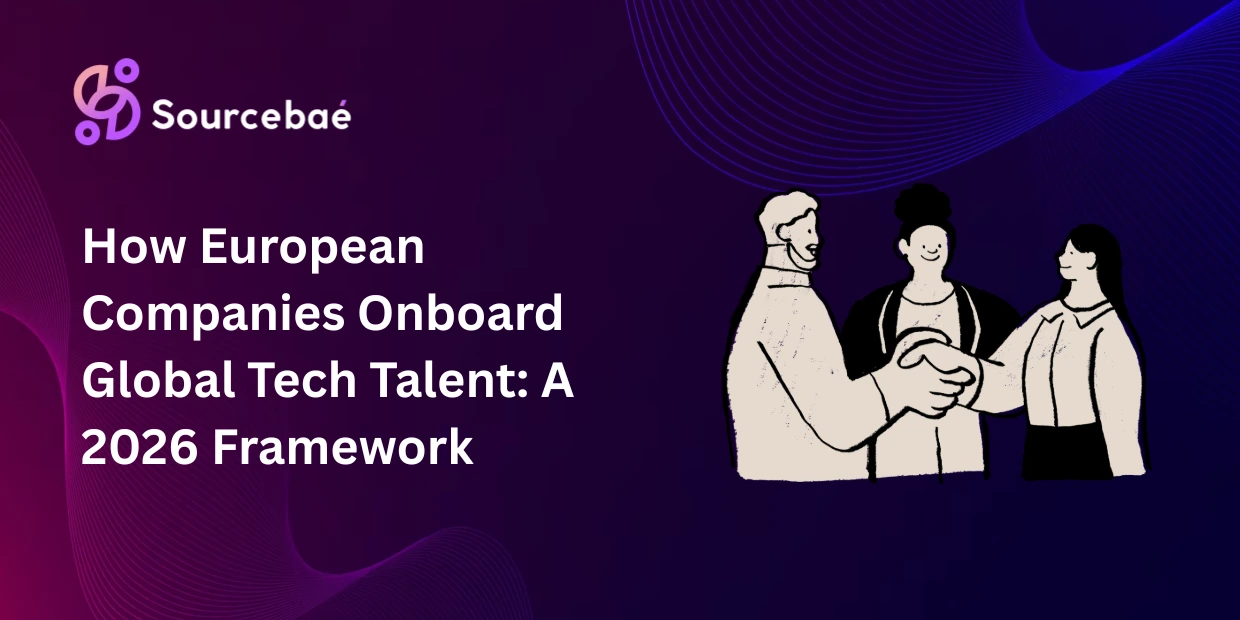What is a Recruitment Funnel?
A recruitment funnel is a strategic framework that maps the entire journey candidates take from first becoming aware of your company to accepting a job offer and joining your team. Similar to a marketing funnel, the recruiting funnel starts wide at the top with many potential candidates and gradually narrows as you filter and evaluate applicants through each stage of the hiring process.
The hiring funnel methodology helps organizations systematically attract, engage, evaluate, and hire the best talent while providing valuable data to optimize recruitment strategies. This structured approach ensures that only the most qualified candidates reach the final stages, making your hiring process more efficient and effective.
Why Your Funnel Careers Strategy Matters
Understanding how to build and optimize your application funnel is crucial for several reasons:
- Improved Efficiency: A well-structured funnel process reduces time-to-hire by 50% and helps identify bottlenecks in your hiring pipeline
- Better Quality Hires: Companies with standardized recruiting funnel processes are 50% more likely to make quality hires
- Enhanced Candidate Experience: A smooth funnel recruiting process improves your employer brand and increases offer acceptance rates
- Data-Driven Decisions: The funnel methodology provides actionable insights to continuously improve your recruitment strategy
The 7 Essential Stages of Your Recruitment Funnel
Stage 1: Awareness
The awareness stage is the top of your recruiting funnel where you build brand recognition among potential candidates. This involves:
- Employer Branding: Showcase your company culture, values, and mission across platforms like LinkedIn, Glassdoor, and social media
- Content Marketing: Create engaging content that highlights your workplace environment and employee experiences
- SEO Optimization: Ensure your careers page ranks well for relevant keywords in your industry
Key Metrics: Track website visitor-to-applicant conversion rates (benchmark: 34.6%), social media engagement, and career page views.
Stage 2: Attraction
In this stage of your hiring funnel, you guide aware candidates toward specific job opportunities. Focus on:
- Compelling Job Descriptions: Write clear, inclusive job postings that highlight growth opportunities and company benefits
- Multi-Channel Posting: Leverage job boards, social media, and employee referrals to maximize reach
- SEO-Optimized Content: Use relevant keywords to improve job posting visibility in search results
Best Practice: The average job posting receives 24.3 applications, so aim for above-average performance by creating standout content.
Stage 3: Interest
During the interest phase of your application funnel, candidates actively research your company Support this by:
- Comprehensive FAQ Pages: Answer common questions about your application process and company culture
- Employee Testimonials: Share authentic stories from current team members
- Virtual Office Tours: Provide behind-the-scenes glimpses of your workplace
Stage 4: Application
The application stage is critical in your recruiting funnel as it’s where interest converts to action Optimize by:
- Streamlined Process: Keep applications simple and mobile-friendly – completion rates drop to 5.7% when applications exceed 50 questions
- Clear Instructions: Provide step-by-step guidance through the application process
- Progress Indicators: Show candidates how far they are in the process
Target Metric: Aim for application completion rates above 10.6% (industry average).
Stage 5: Screening
The screening stage of your funnel process involves evaluating applications to identify qualified candidates. Implement:
- Automated Screening: Use AI-powered tools to filter resumes based on key qualifications
- Skills Assessments: Incorporate relevant tests to evaluate technical competencies
- Phone Screenings: Conduct brief initial interviews to assess basic fit
Benchmark: Target a 3-6% conversion rate from applications to recruiter screens.
Stage 6: Interviewing
The interviewing stage is where your hiring funnel methodology becomes most intensive. Best practices include:
- Structured Interviews: Use standardized questions and scoring rubrics for consistency
- Panel Interviews: Include multiple stakeholders to get diverse perspectives
- Video Interviews: Leverage technology to streamline the process and reduce scheduling conflicts
Target Conversion: Aim for a 36.2% interview-to-offer ratio.
Stage 7: Offer and Hire
The final stage of your recruitment funnel focuses on closing candidates. Key elements:
- Competitive Offers: Research market rates to ensure your compensation packages are attractive
- Quick Decision-Making: Reduce time-to-offer to avoid losing top candidates to competitors
- Smooth Onboarding: Create a seamless transition from candidate to employee
Success Metric: Target a 90% offer acceptance rate.
Key Recruiting Funnel Metrics to Track
Conversion Rates
- Website Visitor to Applicant: 34.6% (benchmark)
- Application to Interview: 8.4% (current industry average)
- Interview to Offer: 36.2% (current benchmark)
- Sourcing to Application: 15-30% (target range)
Time-Based Metrics
- Time to Fill: Average 43 days across industries
- Time to Hire: From application to offer acceptance
- Time to Productivity: How quickly new hires become fully productive
Quality Metrics
- Quality of Hire: Measure new employee performance after first year
- First-Year Turnover: Track retention rates of new hires
- Hiring Manager Satisfaction: Assess internal stakeholder satisfaction
Cost Metrics
- Cost per Hire: Average $4,129 per new hire
- Source of Hire: Identify most cost-effective recruitment channels
- Recruitment ROI: Calculate return on investment for recruitment activities
Funnel Navigator: Tools and Technologies
Applicant Tracking Systems (ATS)
- Greenhouse: Comprehensive platform for structured hiring processes
- Workable: User-friendly interface with strong integration capabilities
- Lever: Advanced analytics and reporting features
AI-Powered Recruitment Tools
- Gem: AI-first all-in-one recruiting platform with 650+ million candidate profiles
- Skima AI: End-to-end AI recruitment software with advanced search capabilities
- Manatal: Affordable ATS with AI-powered candidate filtering
Recruitment Analytics Platforms
- Testlify: Free applicant funnel calculator for tracking conversion rates
- HackerEarth: Skills-based assessments and coding challenges
- Vervoe: Skills testing and candidate evaluation platform
Funnel Scheme Meaning: Common Implementation Challenges
Application Drop-offs
Problem: High abandonment rates during the application process
Solution: Simplify forms, enable mobile applications, and provide progress indicators
Screening Bottlenecks
Problem: Volume of unqualified applicants overwhelming recruiters
Solution: Implement AI-powered screening tools and automated filtering
Interview Scheduling Delays
Problem: Coordination issues extending time-to-hire
Solution: Use scheduling automation tools and calendar integrations
Poor Candidate Communication
Problem: Lack of updates leading to candidate disengagement
Solution: Implement automated communication workflows and regular touchpoints
Funnel Description: Building Your Recruitment Process
Step 1: Define Your Ideal Candidate Profile
Create detailed personas for each role, including:
- Required skills and qualifications
- Cultural fit characteristics
- Performance indicators
- Career progression potential
Step 2: Map Your Current Process
Document existing touchpoints and identify:
- Conversion rates at each stage
- Time spent in each phase
- Resource requirements
- Pain points and bottlenecks
Step 3: Implement Tracking Systems
Set up analytics to monitor:
- Recruiting funnel metrics across all stages
- Candidate source effectiveness
- Cost per hire by channel
- Quality of hire indicators
Step 4: Optimize Based on Data
Continuously improve by:
- A/B testing different approaches
- Adjusting processes based on conversion rates
- Implementing feedback from candidates and hiring managers
- Staying updated with industry benchmarks
Model Recruitment: Best Practices for Success
Create a Compelling Employer Brand
- Develop authentic messaging that resonates with your target candidates
- Showcase employee stories and company culture
- Maintain consistent branding across all touchpoints
- Regularly update content to reflect current workplace realities
Leverage Technology Strategically
- Choose tools that integrate well with your existing systems
- Implement automation where it adds value without losing the human touch
- Use AI to enhance decision-making, not replace human judgment
- Regularly evaluate and update your technology stack
Focus on Candidate Experience
- Maintain clear, consistent communication throughout the process
- Provide timely feedback at each stage
- Make the application process as smooth as possible
- Treat every candidate as a potential future employee or brand ambassador
Measure and Improve Continuously
- Track key performance indicators consistently
- Benchmark against industry standards
- Solicit feedback from candidates and hiring managers
- Make data-driven adjustments to your process
Conclusion: Your Funnel or Funnel Success Strategy
Building an effective recruitment funnel is essential for modern talent acquisition success. By understanding each stage of the recruiting funnel, implementing the right tools and processes, and continuously optimizing based on data and feedback, you can create a hiring funnel that consistently attracts and converts top talent.
Remember that your funnel careers strategy should be tailored to your specific industry, company size, and hiring needs. The funnel methodology provides a framework, but the specific implementation should reflect your unique organizational requirements and candidate expectations.
Start by auditing your current application funnel, implementing proper tracking and analytics, and gradually optimizing each stage based on performance data. With consistent effort and the right approach, you can build a recruitment funnel that not only fills positions quickly but also enhances your employer brand and improves long-term retention.
The future of recruitment lies in creating seamless, data-driven experiences that respect candidates’ time while efficiently identifying the best talent for your organization. By mastering the funnel process and staying committed to continuous improvement, you’ll be well-positioned to succeed in today’s competitive talent market.






